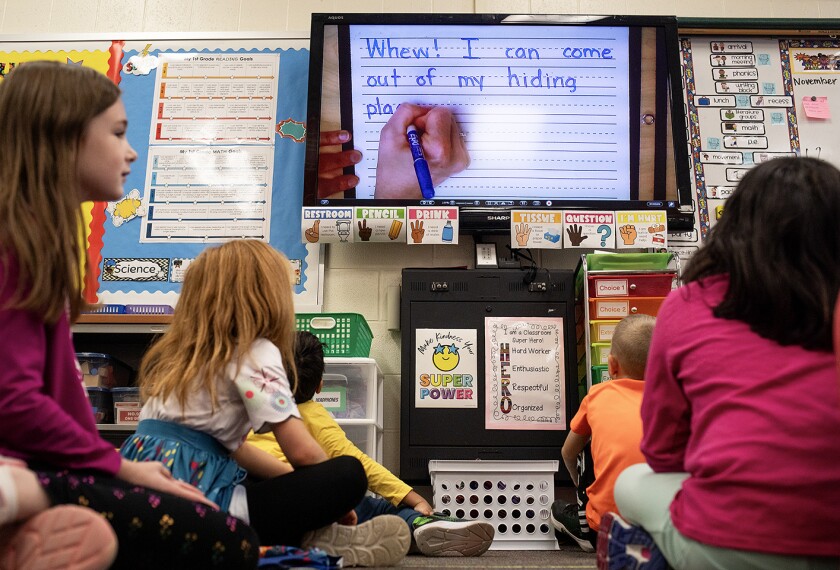Mr. Litow is a former deputy chancellor of the New York City public schools.
It was heartening this spring to witness the release of the Next Generation Science Standards, which emphasize depth over breadth, as well as a hands-on approach to science instruction (“Standards in Science Unveiled,” April 17, 2013). This emphasis is critical for inspiring students to prepare for 21st-century careers.
Of course, putting such an approach into practice is challenging when only 10 percent of middle school science teachers have certifications in science. How can we help teachers encourage creative discovery in a discipline where it’s tempting to fall back on rote memorization?
The public and private sectors have some ideas. The Obama administration has called for the creation of a science, technology, engineering, and mathematics master-teacher corps to train an additional 100,000 STEM teachers over the next decade.
Meanwhile, the Business Roundtable—an association of chief executive officers of leading U.S. companies—is building STEM capacity through a new philanthropic initiative that boosts teacher quality, STEM, and early learning.
In addition, IBM worked with the National Board for Professional Teaching Standards, the New York Hall of Science, and TeachEngineering.org to create TeachersTryScience.org. The site provides a free repository of videos of some of the most-talented certified teachers teaching high-quality STEM lessons. Their strategies will surely inspire their colleagues and students.
IBM also supports its employees’ midcareer pursuit of careers in education through Transition to Teaching, a program that provides mentoring, leaves of absence, and tuition assistance for teacher training.
Great science teachers know the spark of the “eureka!” moment. Such teachers want to ensure that their students are as thrilled with discovery as Archimedes purportedly was when he cried out from his bathtub some 23 centuries ago.
Stanley S. Litow
Vice President
Corporate Citizenship and Corporate Affairs
IBM
Armonk, N.Y.
Mr. Litow is a former deputy chancellor of the New York City public schools.
Ron Thorpe
President and CEO
National Board for Professional Teaching Standards
Arlington, Va.




